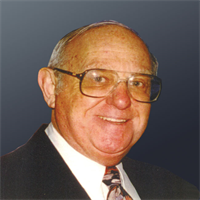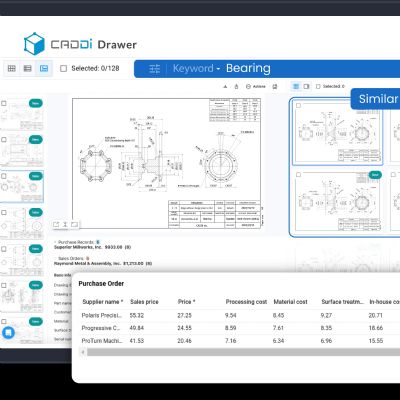Business Succession and Estate Planning: A Real-Life Story
December 1, 2017Comments
 Although Larry was a planner, after he died, his estate plan and succession plan for his business, Alsace, turned into an economic and tax tragedy. It did the same for his son Richard, his wife Cheryl and the rest of the family.
Although Larry was a planner, after he died, his estate plan and succession plan for his business, Alsace, turned into an economic and tax tragedy. It did the same for his son Richard, his wife Cheryl and the rest of the family.
Sadly, I regularly get calls with the same or similar facts, always followed by painful and costly results. So, read every word. Chances are you'll be saying, “I’m Larry,” more than once.
Let’s look at the facts from before Larry died. Larry and Cheryl had three kids: Richard, who helped run Alsace, and two adult non-business kids. The three core goals Larry and Cheryl communicated to their advisors, a lawyer and accountant: 1) Richard should ultimately own 100 percent of Alsace; 2) treat the three kids equally; and 3) pay as little as possible in taxes to the IRS.
Larry’s advisors completed the planning in early-January 2005. As part of the plan, Alsace, an S corporation, was sold to Richard for its fair-market value, $12 million. Richard paid his dad in full with a $12 million note, to be paid in semiannual installments over 10 yr., plus 4.5-percent interest on the unpaid balance. In January 2005, immediately before the sale of Alsace, Larry’s assets, including Alsace, totaled $27.7 million. Substitute your own numbers, then follow the solutions presented in this article to best position you, your business and your family for whatever the future holds.
Larry's lawyer created a traditional estate plan with an A/B trust. Since Larry and Cheryl had a $2 million second-to-die policy (and $9.1 million in liquid assets, plus the future cash from the $12 million Alsace-sale note), their advisors assumed plenty of liquidity to pay estate taxes. They agreed that no additional planning was necessary. Note that, in 2005, both Larry and Cheryl were healthy.
Now comes the horror story. Larry died suddenly in 2007. What was the economic and tax impact of Larry’s death on his family members?Richard’s situation was a disaster from the day he signed the Alsace sale papers. The $12 million value for Alsace was fine, but the $12 million sale price, between father and son, was wrong. Why? The IRS allows a 35-percent discount for nonpublic businesses such as Alsace. So, for tax purposes, the correct sale price should have been about $8 million, reducing Larry’s taxable estate by $4 million.
The sale amount also presented difficulty in the ability for Richard to pay. For ease of explanation, assume the sale price was $1 million. How much does Richard need to earn in order to pay that $1 million? Would you believe $1.7 million, which includes $700,000 needed for federal and state taxes?
Applying this example, Richard had to pay more than $8.4 million (12 times $700,000) in taxes to pay off the $12 million note. Simply put, Richard had to earn in excess of $20 million, before taxes, to pay off the note, plus interest. Outrageous!
Let’s figure out why Richard needed to earn so much. Fortunately, the 100-percent marital deduction spared Larry’s estate from any tax due at his death. But the entire family, especially Cheryl, was shocked when the family lawyer relayed that the loss due to estate taxes would total about $10 million when Cheryl died.
Remember that Richard had to earn $1.7 million, including $700,000 in federal and state income taxes, to pay down $1 million on the note. But that $1 million was socked with a capital-gains tax, leaving only $850,000 left. Estate tax on the $850,000 in Cheryl’s estate (when she dies) will total about $300,000, leaving only $550,000. The full lost-to-taxes picture: For each $1 million of the note, Richard must earn $1.7 million for the family to wind up with only $550,000.
Unbelievable!
So, for the entire $12 million Alsace sale, Richard’s earnings must exceed $20 million for the family to receive $6.6 million. That’s lousy tax planning.
As for the two nonbusiness kids, they were forgotten in the plan until Cheryl died.
Here’s an alternative plan—not covering every point and possibility but detailing the most important strategies—that would have served Larry, Cheryl, Richard and the entire family much better, allowing all of Larry’s $27.5 million to go to his family, taxes paid in full. Each strategy listed below is simple to operate and, when set up correctly, accepted by the IRS.









